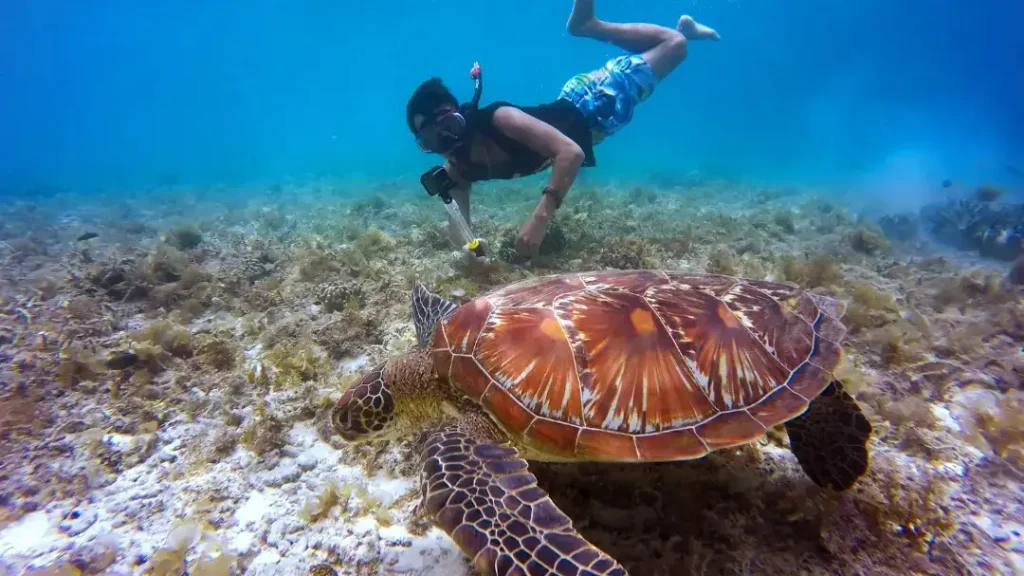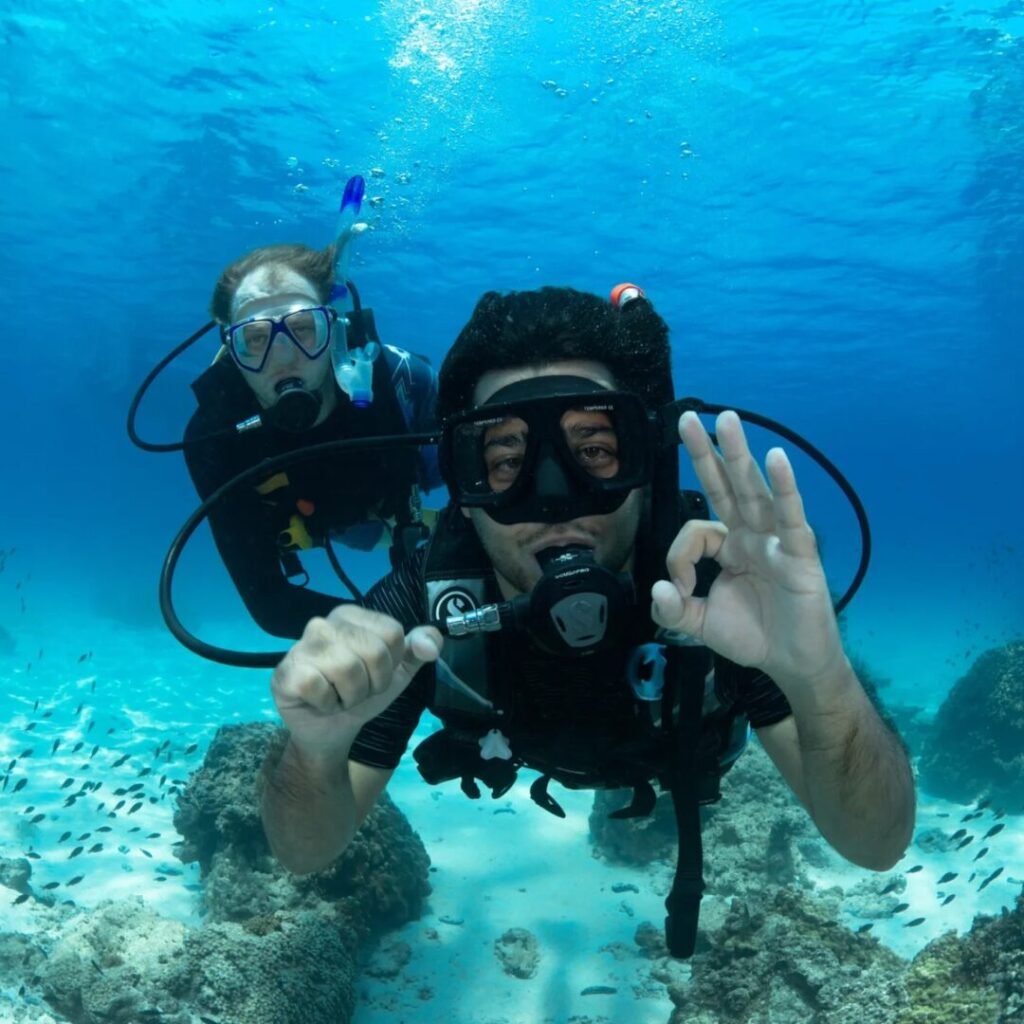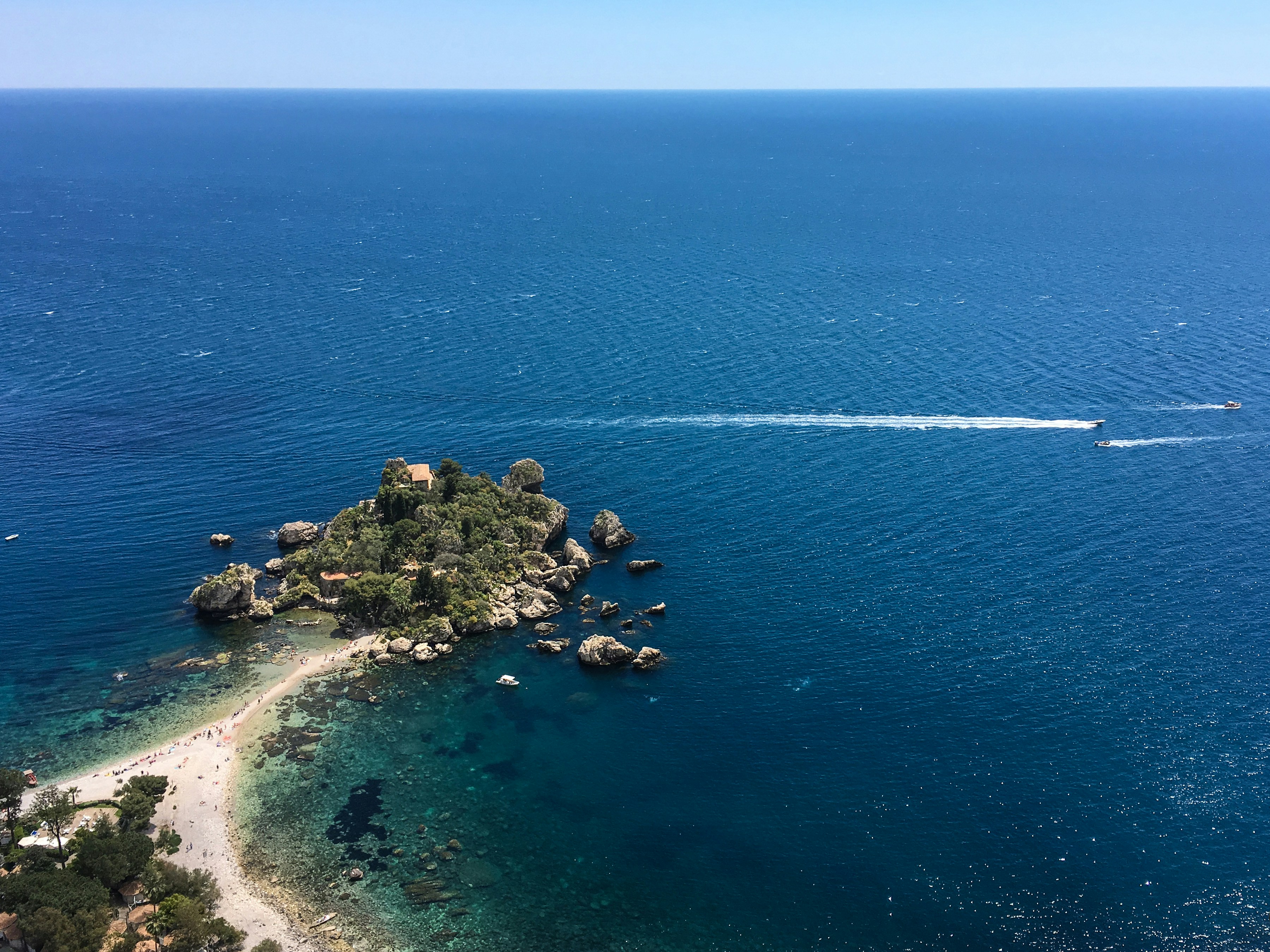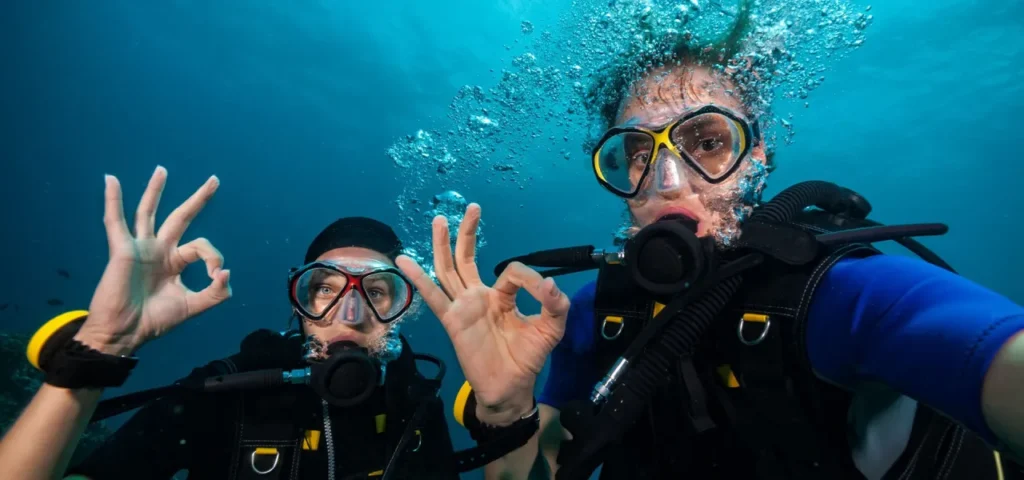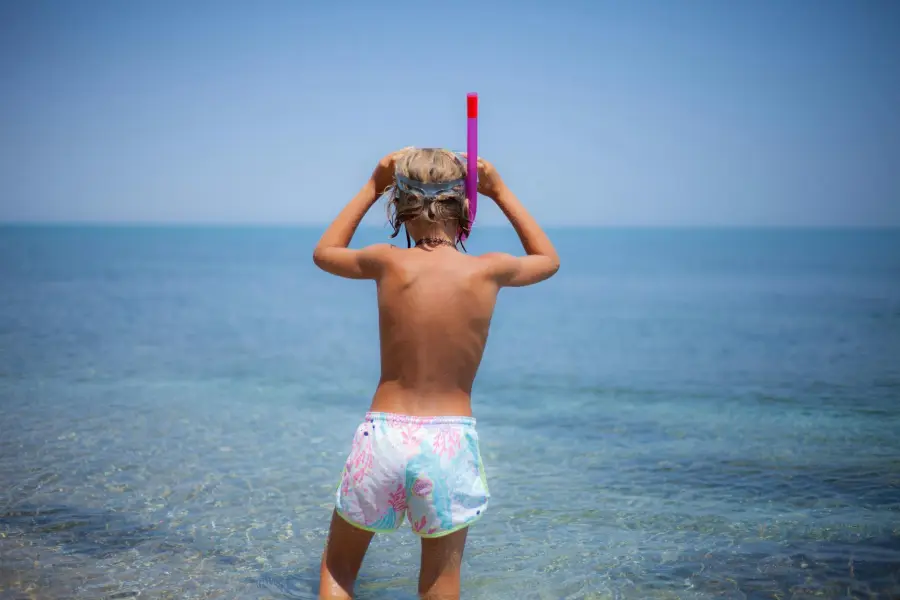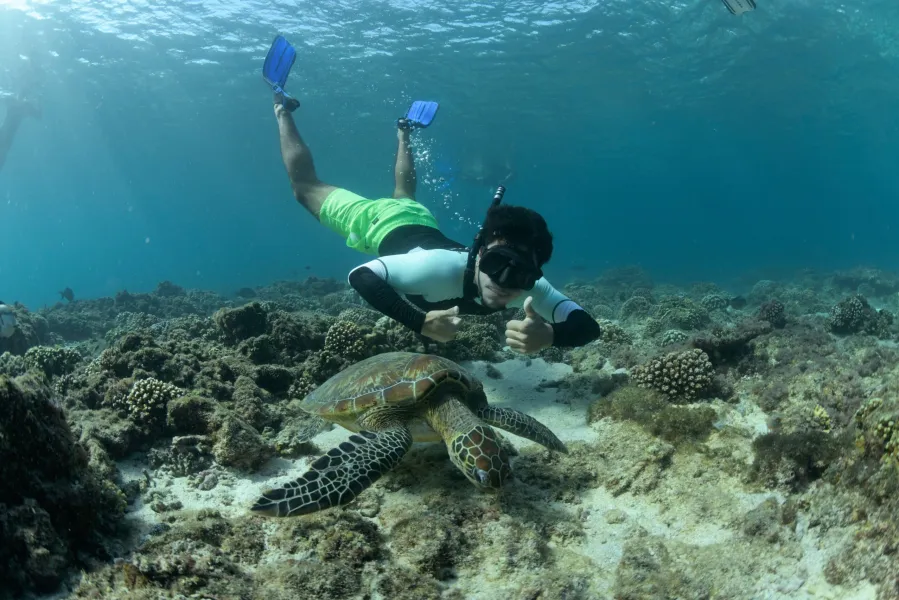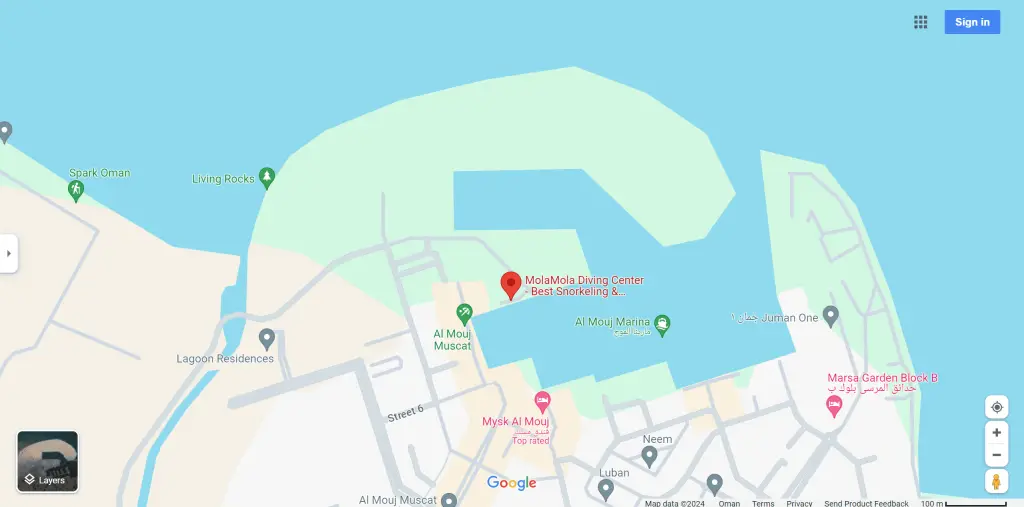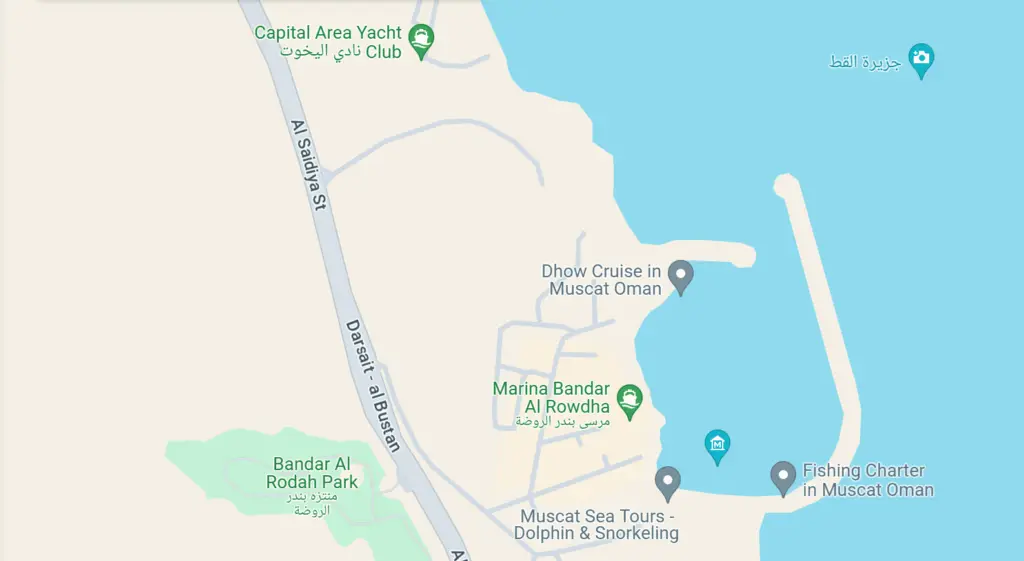Turtle Nesting at Daymaniyat Islands: Protecting Nature’s Miracle
Introduction to Daymaniyat Islands as a Nesting Site The Daymaniyat Islands, located off the coast of Oman, serve as a critical habitat for various marine species, particularly endangered sea turtles. This group of nine islands was designated as a nature reserve in 1986, providing a sanctuary for both the green turtles and hawksbill turtles nesting in Oman. The protected status ensures that these vital ecosystems are preserved, facilitating the ongoing recovery of these species amidst increasing environmental challenges. Geographically, the Daymaniyat Islands boast stunning landscapes characterized by rocky outcrops, sandy beaches, and rich coral reefs, contributing to their ecological significance. The islands are surrounded by crystal-clear waters, creating an environment conducive to the flourishing of diverse marine life. These factors combined establish the islands as optimal nesting grounds, where conditions are ideal for the sea turtles to lay their eggs during the turtle nesting season in Oman. The unique ecosystem of the Daymaniyat Islands not only supports sea turtles but also harbors a vibrant array of flora and fauna, making it an essential area for conservation efforts. Local initiatives aimed at protecting sea turtles in Oman have been crucial in ensuring their survival. The ongoing turtle nesting season attracts researchers, conservationists, and eco-tourism enthusiasts, all eager to witness firsthand the incredible phenomenon of turtle nesting at Daymaniyat Islands. Moreover, the natural beauty and biodiversity of the islands offer an unparalleled opportunity for eco-tourism, further raising awareness about the need for sustainable practices in the region. Visitors can engage in activities that promote sea turtle conservation Oman, thereby contributing positively to the preservation of endangered turtle species in Oman. This convergence of conservation, research, and responsible tourism underscores the islands’ significance as a sanctuary for vulnerable marine life. Turtle Species Found on the Islands The Daymaniyat Islands, a remarkable nature reserve off the coast of Oman, provide a critical nesting ground for two of the world’s most endangered turtle species: the green turtle (Chelonia mydas) and the hawksbill turtle (Eretmochelys imbricata). These species are not only vital to marine ecosystems but also represent key indicators of ocean health. The green turtle, characterized by its large, rounded shell and typically olive or brown coloration, is primarily a herbivore, feeding on seagrasses and algae. This grazing activity plays an essential role in maintaining the health of seagrass beds, which serve as important habitats for various marine organisms. In contrast, hawksbill turtles are easily identifiable with their distinctively pointed beaks and beautifully patterned shells. These turtles primarily feed on sponges, contributing to the ecological balance within coral reef systems. The nesting behaviors of both species involve females returning to the same sites where they were born, a phenomenon known as natal homing, to lay their eggs in the sandy beaches of the Daymaniyat Islands. Both turtle species face a variety of challenges that place them on the IUCN Red List of endangered species. The green turtle populations have been significantly affected by habitat loss, illegal hunting, and climate change. Hawksbill turtles, while also facing similar threats, are particularly vulnerable due to their specific dietary needs and the degradation of coral reefs that serve as their foraging grounds. Conservation efforts in Oman are critical for protecting these species, especially during turtle nesting season in Oman, which occurs from May to September each year. By focusing on habitat preservation and reduction of human impact, Oman has made strides in turtle conservation efforts, ensuring a brighter future for these remarkable creatures. Protecting sea turtles in Oman not only aids their recovery but also supports eco-tourism in the Daymaniyat Islands, enhancing the ecological and economic vibrancy of the region. Turtle Nesting Season The turtle nesting season at the Daymaniyat Islands is a remarkable natural event that captivates both researchers and eco-tourists alike. This critical period spans from May to October each year, marking the time when various turtle species, particularly the endangered green turtles and hawksbill turtles, return to the sandy shores of Oman to lay their eggs. The nesting process begins as females arrive on the beaches during the night, seeking out suitable locations with fine sand, undisturbed environments, and proper moisture levels essential for successful incubation. During this season, common practices include the formation of nests, where female turtles excavate holes in the sand to deposit their eggs. Each nesting site typically consists of around 80 to 120 eggs that incubate for several weeks. The successful hatching of these eggs depends significantly on environmental factors such as temperature, humidity, and protection from predators, which may pose a threat to both the eggs and hatchlings. The beaches of the Daymaniyat Islands provide an ideal sanctuary for these endangered turtle species due to their relatively undisturbed nature and ongoing conservation efforts. Visitors to the Daymaniyat Islands during the nesting season have a unique opportunity to observe this breathtaking natural phenomenon. The best times for such encounters are usually during the evenings and predawn hours when turtles are most active. However, it is critical that visitors adhere to responsible eco-tourism practices, safeguarding the turtles’ habitats and ensuring minimal disruption to their nesting behaviors. Moreover, ongoing initiatives for sea turtle conservation in Oman are essential in addressing the various challenges faced by these remarkable creatures during their nesting period. By protecting sea turtles in Oman, we not only help maintain biodiversity but also support local eco-tourism efforts that raise awareness and appreciation of this marine life treasure. Challenges Faced by Sea Turtles Sea turtles, including the green turtles and hawksbill turtles found nesting in Oman, encounter numerous challenges that threaten their survival. These challenges stem from both natural predators and human activities that significantly impact their populations. Among the natural threats, predation by crabs, birds, and other wildlife poses a significant risk, particularly to vulnerable turtle hatchlings. Furthermore, environmental changes such as temperature fluctuations can disrupt nesting patterns and affect hatchling survival rates. The impact of climate change on nesting beaches, including the picturesque Daymaniyat Islands nature reserve, cannot be understated, as rising sea levels and increased storm activity

